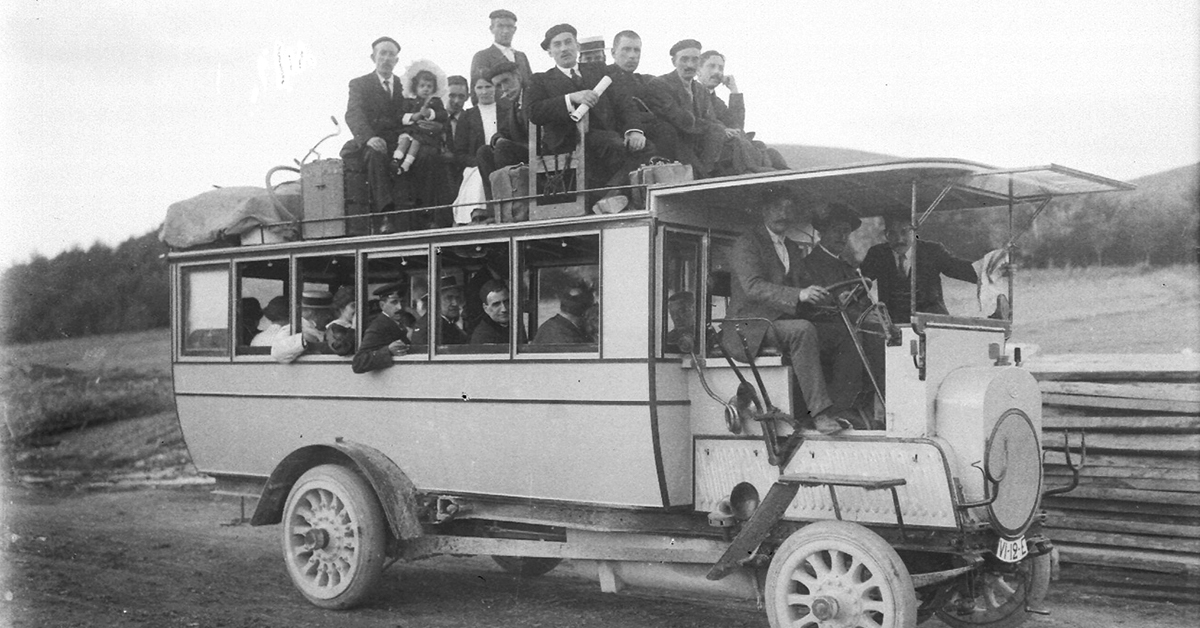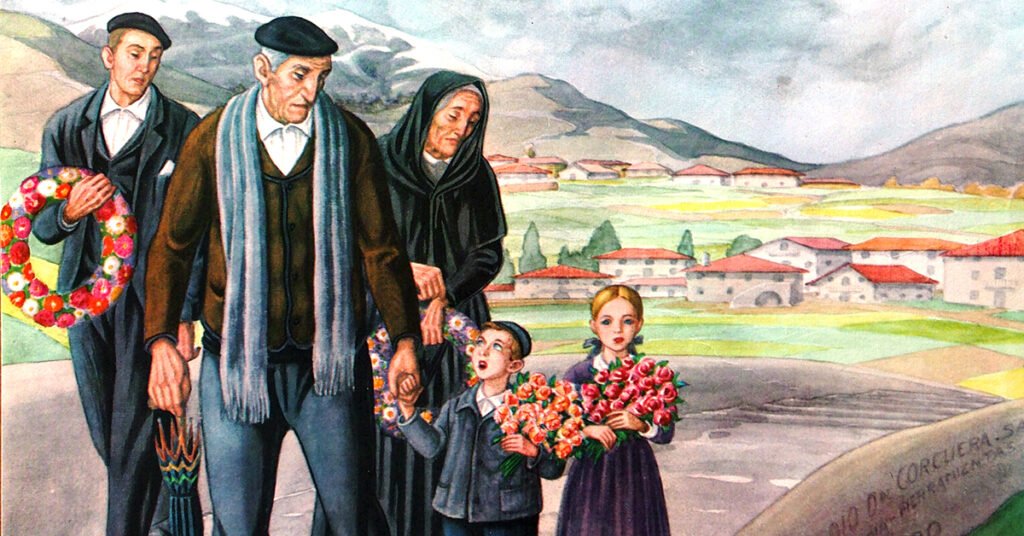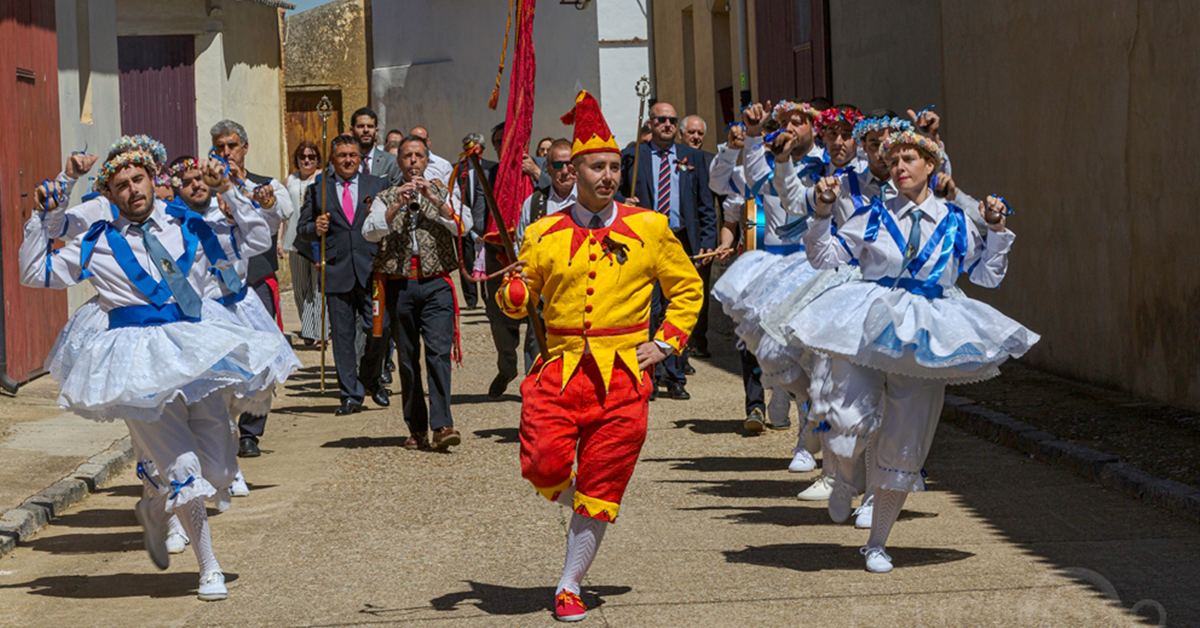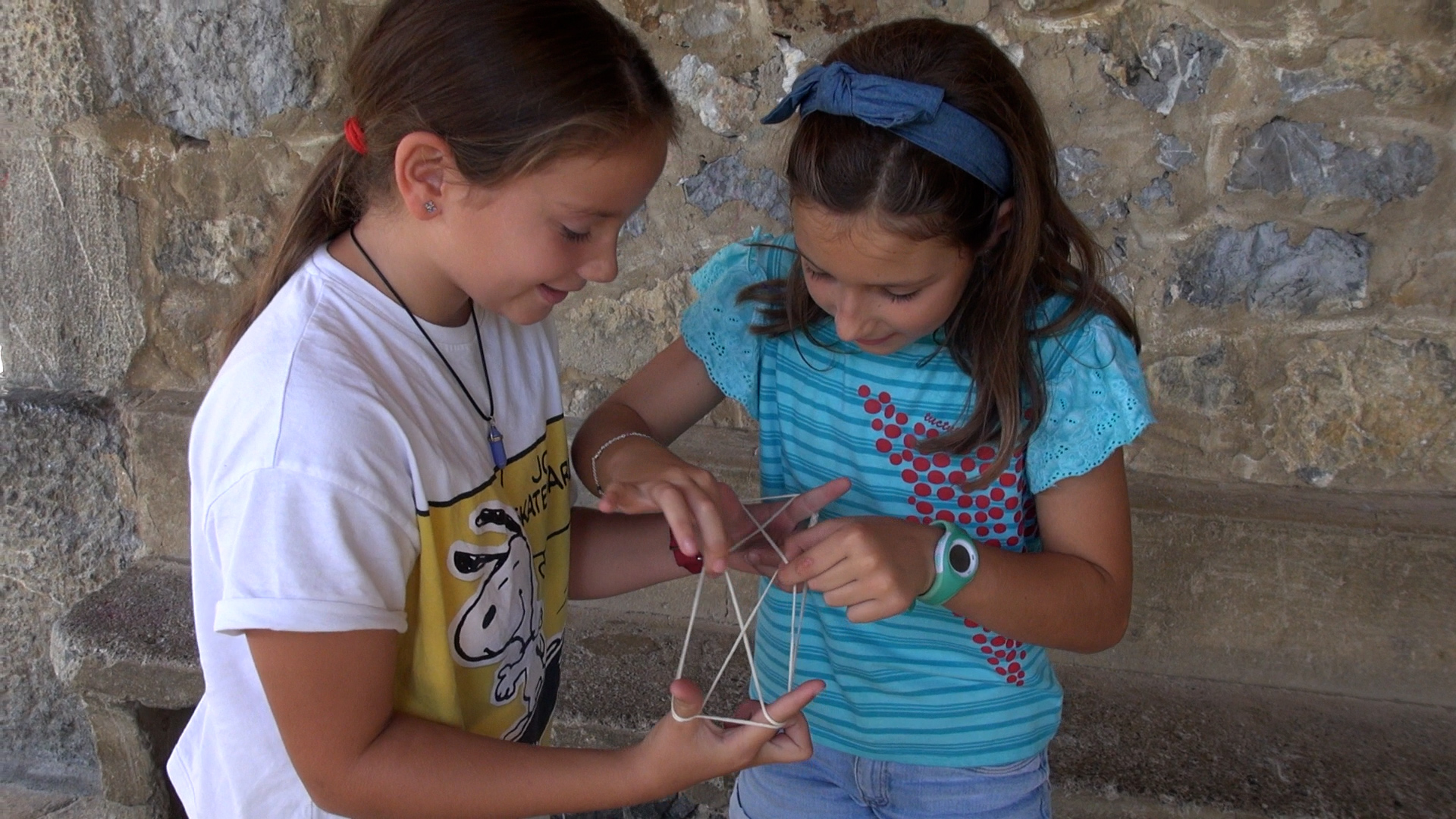Basque ethnography at a glance
Lexicon
We have left the lexicon for the end of this trilogy. The transmission of lexicon is very interesting between languages in contact. Three types of words can be distinguished. Firstly, there would be words that are not in the receiving language and that are taken from the sending language. In this case, certain names of things, ideas or concepts that did not exist in Spanish were taken from Basque, sometimes with phonological-phonetic adaptations, for example, calderapeco. You can also use common words due to their high frequency in everyday life. Secondly, some words that already existed in the receiving language are adapted, but not only phonetically, but also morphologically, syntactically or semantically, giving rise to curious hybrids, for example, erderakaso. Thirdly, new words also emerge that do not appear in any dictionary, such as chirene. But enough of words. Let’s go, without going into detail, to get to know some of those words that, although coming from Basque, were already inserted in the Spanish around Bilbao at the end of the 19th century, as well as others that arose from that linguistic relationship between Basque and Spanish. (more…)
All Souls Day was t the main date to honour the departed in Basque traditions until half a century ago and was celebrated on 2 November. Conversely, its eve, All Saints Day on 1 November, was a time of religious services and little else.
Incidentally, the night of the souls – much vaunted to “disguise” the imported Halloween – is in reality the night between 1 and 2 November and not the previous one.
Yet… Where did all this confusion come from? (more…)
When we think of intangible cultural heritage (ICH) – and, above all, when we try to explain exactly what it means – we tend to resort to its more spectacular or iconic expressions: festivities, commemorative and traditional representations, music, bertsolarismo [improvised poetry in Basque], dance, sport, crafts…
We are now adding the gender value to the intangible variable associated to that cultural heritage (even though it can and is usually based on tangible elements).
(more…)
This evening Ostu-ostuka eta txopinka will be screened at the Altamira Cultural Centre, as part of the European Heritage Days. This documentary features the traditional children’s games of this coastal town, based on the oral testimonies from local people from across the generations.
Despite the passing of the years, many of the childhood memories of our informants are directly related to playing: all those walks to Atxapunta, all that laughter, all those stories… Childhood friendships are often lifelong, because the ties of childhood are very strong.





